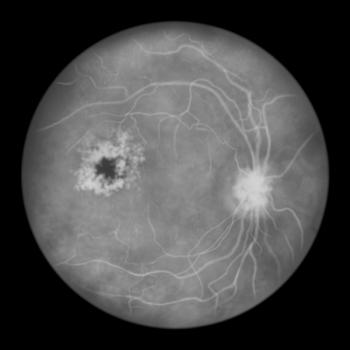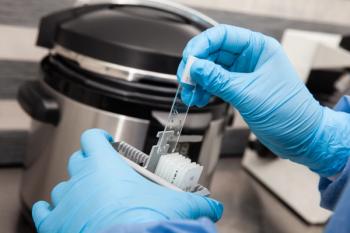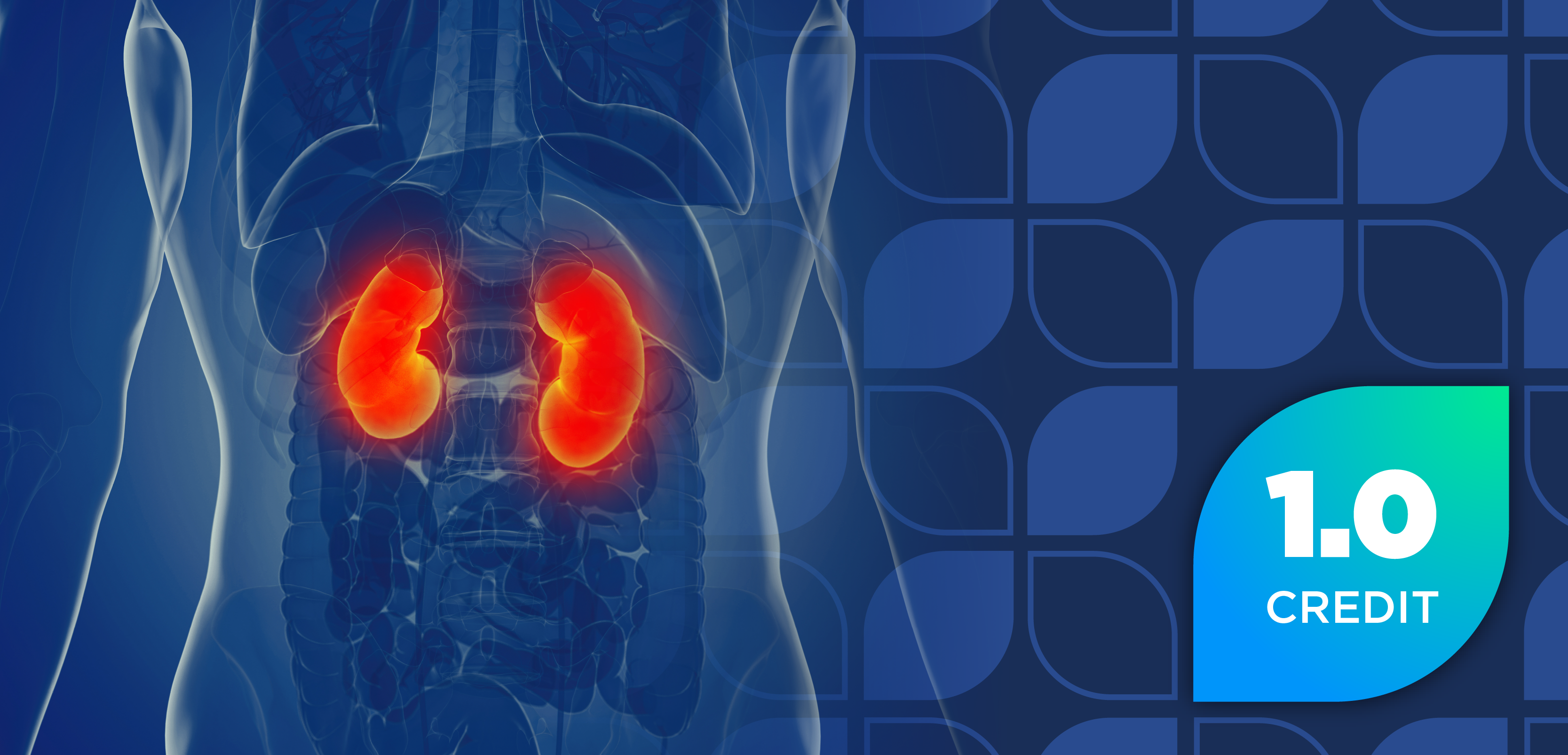
Study Finds CGMs Could Overestimate Food’s Impact on Blood Sugar Among Nondiabetic Individuals
Key Takeaways
- CGMs may inaccurately estimate blood sugar levels in healthy individuals, leading to unnecessary dietary changes.
- Discrepancies arise because CGMs measure glucose in interstitial fluid, not directly in blood, causing potential errors.
Recent research reveals that continuous glucose monitors (CGMs) may inaccurately overestimate blood sugar levels, potentially leading to unnecessary dietary changes for healthy individuals.
As continuous glucose monitors (CGMs) become more widely used to help manage blood sugar levels in individuals with diabetes, findings from the University of Bath suggest that these devices may not be as accurate as commonly believed. The study authors, who published their results in The American Journal of Clinical Nutrition, noted that CGMs could be overestimating blood sugar levels in healthy adults that are using these devices to track how different foods affect their glucose levels, leading to unnecessary diet changes.1,2
“CGMs are fantastic tools for people with diabetes because even if a measurement isn’t perfectly accurate, it's still better than not having a measurement at all. However, for someone with good glucose control, they can be misleading based on their current performance. For healthy individuals, relying on CGMs could lead to unnecessary food restrictions or poor dietary choices,” Javier Gonzalez, PhD, professor at the University of Bath, said in a news release.2
Continuous Glucose Monitors Use for Diabetes and Nondiabetes
CGM devices help an individual manage their diabetes through a sensor that sits under the skin that is aimed to measure glucose levels 24 hours a day. A transmitter sends the results to a wearable device or cell phone app that allows individuals to track changes of glucose levels in real time. The devices are now widely used, even by individuals without diabetes, and have recently become available over the counter in the US; however, it is unclear whether CGMs accurately reflect blood sugar responses to foods or can reliably measure the glycemic index (GI). Since CGMs track glucose in the interstitial fluid and not in the blood directly, an individual’s reading may be different from standard capillary tests, presenting errors that vary based on individuals and food intake.1,3
“For healthy individuals, relying on CGMs could lead to unnecessary food restrictions or poor dietary choices. If you want to assess your blood sugar accurately, traditional methods are still the way to go. We want to better identify the sources of the error in CGMs so that we can improve their performance in the future and have active research on this topic,” Gonzalez said in the news release.2
Continuous Glucose Monitors Compared With Capillary Blood Sampling
To evaluate glucose responses to various carbohydrate challenges, researchers compared CGMs with capillary sampling in an open-label, randomized crossover study. A total of 15 healthy individuals were included in the study and were required to complete 7 laboratory visits. At each visit, participants consumed 1 of several carbohydrate challenges: 50 g glucose, 50 g carbohydrate from whole fruit, 50 g from blended fruit, 50 g from a commercial fruit smoothie, 50 g from a smoothie consumed over about 30 minutes, 50 g from a smoothie with added inulin, or 30 g from a smoothie. Following, the glycemia was recorded on CGMs and capillary samples every 15 minutes for 120 minutes.1,2
The results demonstrated that CGMs measured fasting and postprandial glucose about 0.9 nmol/L higher than capillary tests, with differences varying by food and participant. Specifically, CGMs overestimated glycemic responses, reporting a fruit smoothie as a medium-GI instead of a low-GI and misclassifying whole fruits as higher GI than they are. CGMs also overstated time spent above the blood sugar threshold by nearly 400%, potentially causing unneeded concern. The findings suggest that CGMS are not reliable for determining whether foods are high or low on the glycemic index for healthy individuals.1,2
"CGMs may be inaccurate because they measure glucose in the fluid surrounding your cells, not directly in your blood. This can lead to discrepancies due to factors like time delays, blood flow, and how glucose moves between different parts of the body,” Gonzalez explained.2
REFERENCES
1. Katie M Hutchins, James A Betts, Dylan Thompson, Aaron Hengist, Javier T Gonzalez. Continuous glucose monitor overestimates glycemia, with the magnitude of bias varying by postprandial test and individual – a randomized crossover trial. The American Journal of Clinical Nutrition.doi.org/10.1016/j.ajcnut.2025.02.024. https://www.sciencedirect.com/science/article/pii/S0002916525000929
2. Researchers warn continuous glucose monitors can overestimate blood sugar levels. EuerkAlert. News release. February 26, 2025. Accessed October 3, 2025. https://www.eurekalert.org/news-releases/1074694
3. Cleveland Clinic. Continuous Glucose Monitoring (CGM). Updated May 24, 2024. Accessed October 3, 2025. https://my.clevelandclinic.org/health/articles/continuous-glucose-monitoring-cgm
Newsletter
Stay informed on drug updates, treatment guidelines, and pharmacy practice trends—subscribe to Pharmacy Times for weekly clinical insights.


























































































































































































































